Products
-
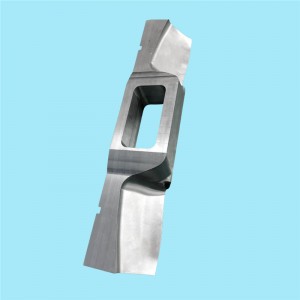
CNC Precision Machining Programming and Skills
CNC programming (Computer Numerical Control Programming) is used by manufacturers to create the code that directs a CNC machine’s operation. CNC uses a subtractive manufacturing process to cut away portions of the base material to shape the desired form.
CNC machines mostly use G-codes and M-codes to control machining process. G-codes dictate the positioning of the part or tools. These codes prepare the part for the cutting or milling process. M-codes turn on rotations of tools and various other functions. For specifics such as speed, tool number, cutter diameter offset and feed, the system uses other alphanumeric codes starting with S, T, D and F, respectively.
Three main types of CNC programming exist – manual, computer-aided manufacturing (CAM) and conversational. Each has unique pros and cons. Beginner CNC programmers should learn what distinguishes each type of programming from the others and why all three methods are essential to know.
-

CNC Machining SUS304 Highly Corrosion Resistant Parts
Corrosion resistant alloys are metals engineered to resist degradation by oxidation or other chemical reactions. The most common cra’s, used for mild to moderate corrosion resistance, are stainless steels. Stainless steels are iron-based alloys containing a minimum of 10.5% chromium, which is sufficient to prevent rust under typical room temperature atmospheric conditions. Stainless steels simply alloyed with Chromium, such as Type 430, are referred to as Ferritic Stainless Steels. This family of alloys can’t be strengthened by heat treatment, however, with the addition of carbon and other elements, they become Martensitic Stainless Steels.
The most common Martensitic Stainless Steels, Types 410 or 13 Chrome, are strengthened by quench and temper heat treatment. There is also a family of Precipitation Hardened Martensitic Stainless Steels which includes the widely used Type 17-4. Martensitic Stainless Steels may also contain additions of Nickel and Molybdenum for improved corrosion resistance.
-

Custom CNC Precision Stainless Steel Parts
How many types does a CNC metal cutting machine Have?
What is the CNC router machine?
There are many types of CNC metal cutting machines. Among them, some metal CNC machine tools can cut and engrave non-metallic materials, and can also process some metal materials (mainly soft metals). Aluminum is environmentally friendly and beautiful and is widely used in many industries. Therefore, you need a good metal CNC machine tool to cut aluminum. For example, ATC CNC routers, five-axis CNC machining centers, CNC milling machines, and other metal CNC machine tools can cut soft metal materials.
-

Custom Anodizing Aluminum CNC Milling Parts
Numerical control machining (CNC) refers to the machine workers use numerical control equipment to carry on the processing, these numerical control equipment includes machining center, turning milling center, wedM cutting equipment, thread cutting machine and so on. The vast majority of machine processing workshops use numerical control processing technology. Through programming, the workpiece in the Cartesian coordinate system position coordinates (X, Y, Z) into the programming language, CNC machine tool CNC controller through the identification and interpretation of the programming language to control the axis of the CNC machine tool, automatically remove the material according to the requirements, so as to get the finishing workpiece. CNC machining processes the workpiece in a continuous way, suitable for large quantities of complex shape parts.
-
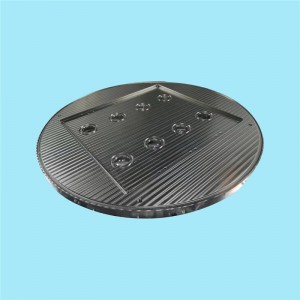
Customed Black Oxide Stainless Steel Parts
Mechanical Machining Types
Two primary machining processes are turning and milling – descried below. Other processes sometimes dovetail onto these processes or are performed with standalone equipment. A drill bit, for instance, may be installed on a lathe used for turning or chucked in a drill press. At one time, a distinction could be made between turning, where the part rotates, and milling, where the tool rotates. This has blurred somewhat with the advent of machining centers and turning centers that are capable of performing all the operations of the individual machines in a single machine.
-
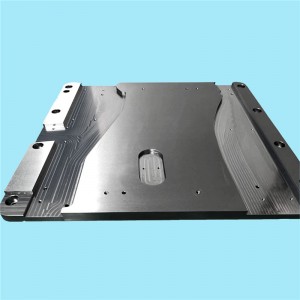
Nickel-based Alloy Applied with Passivation
About Nickel-based Alloys
Nickel-based alloys are also referred to as ni-based superalloys due to their outstanding strength, heat resistance and corrosion resistance. The face-centered crystal structure is a distinctive feature of ni-based alloys since nickel operates as a stabilizer for the austenite.
Common additional chemical elements to nickel-based alloys are chromium, cobalt, molybdenum, iron and tungsten.
-

Electropolishing Stainless Steel CNC Machining
Product Introduction
The OEM CNC Machining Parts are parts made with advanced technology and are usually made of high-quality metal. The surface is usually treated with electroplating, painting, anodizing, electropolishing, coating, etc., so it is very beautiful and smooth, without burrs. We have many years of production experience to ensure that all our OEM CNC Machining Parts are of top quality and high precision. If there is a demand, we can customize it for you.
-
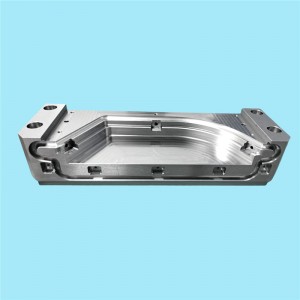
Stainless Steel Precision CNC Machining Parts
WHAT IS PRECISION MACHINING?
Precision machining is a type of technical manufacturing that is essential in creating and designing machines, parts, tools, and other hardware that are essential in modern manufacturing to maintain process controls and tolerances that function under extremely tight specifications. It is used to make up the many large and small objects and their components that we use in everyday life. If an object is made up of many small parts, these will often need to be made with precision machining to ensure they fit together precisely and function properly. Precision Machining can be defined as utilizing the highest function of a tool, program, engineering talent or equipment thus pushing the limits of design feature creation and materials science and performing these operations under the tightest tolerances defined by any sub-set of these manufacturing parameters.
-

Precision Parts Produced by CNC Machining
WHAT TOOLS AND MATERIALS ARE USED FOR PRECISION MACHINING?
Precision machining can be used with a number of raw starter materials including (but not limited to) plastic, ceramic, metal, composites, steel, bronze, graphite, and glass. In order to make precise cuts and intricate removal of the raw material, a combination of tools may be used. These tools vary depending on the raw material. Frequently used tools include milling machines, lathes, Electric Discharging Machine (aka. EDM’s), saws, and grinders. Most commonly used manufacturing equipment is computer controlled heavy machinery that is designed and utilized to remove substrate material creating finely detailed components and piece parts. In some cases, even high-speed robotics and photochemical processes may be used to achieve the desired result for the final product.
-

Types of Stainless Precision CNC Parts
Stainless Steel CNC Machining Services
The versatility of stainless steel is undisputed. It is used in various CNC (Computer Numerical Control) machining industries. Many stainless steel items are produced using versatile manufacturing methods in CNC machining. These methods benefit from the precision of computer-controlled milling machines, drills, lathes, and other cutting tools that can produce accurate, repeatable parts efficiently and cost-effectively.
-
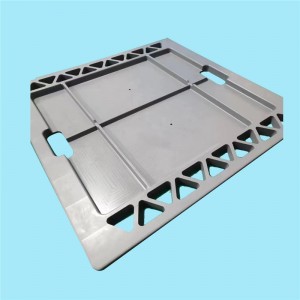
Complicated Highly Wear-Resistant Parts
The main alloying elements are chromium, molybdenum, and tungsten, with small amounts of niobium, tantalum and indium. In addition to its wear resistance, it has good oxidation resistance, corrosion resistance and welding performance. It can be used to manufacture wear-resistant parts, and can also be used as a cladding material to coat the surface of other base materials through surfacing and spraying processes.
Nickel-based alloy powder includes self-fluxing alloy powder and non-self-fluxing alloy powder.
The non-self-fluxing nickel-based powder refers to the nickel-based alloy powder that does not contain B, Si or B and has a low Si content. This type of powder is widely used in plasma arc spray coating, flame spray coating and plasma surface strengthening.
-
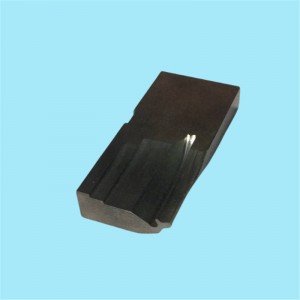
CNC Machining Materials for Stainless Steel Parts
Stainless steel is very resistant to rust and rust, making it suitable for use where parts might be revealed to the components for extensive durations. Stainless steel is additionally relatively ductile and ductile. JTR offers a variety of stainless steel alloys, consisting of food-safe ranges.
The 300 series (303, 304, and so on) are austenitic stainless steels (based upon their crystal framework) as well as are the most widely generated grades worldwide. Austenitic stainless steel grades are known for their high deterioration resistance as well as high stamina over a large temperature variety. With the exception of cool working, they are not heat treatable and also are typically non-magnetic.





